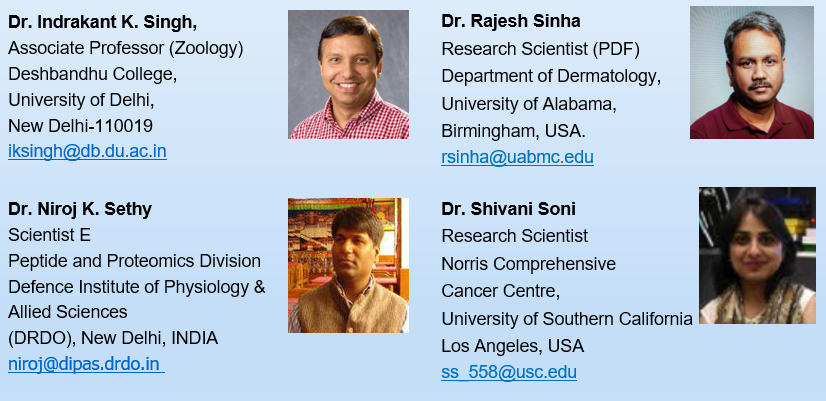The global population health status indicates the rapid increase in the incidence of cancer, the leading ailment responsible for high mortality rates. A surge in cancer cases has been observed due to various reasons such as lifestyle related behaviors, carcinogenic exposures, occupational hazards and genetic epidemiology. This makes cancer literacy and knowledge an important step against cancer. Taking the various issues into consideration, we need to define a roadmap towards effective programs for comprehensive cancer control and awareness. Cancer awareness makes early detection of cancer that further helps in the management and treatment. The awareness also paves a path towards prevention of cancer by living a healthy lifestyle. The aim of the conference is to understand the latest successful interventions in prevention, diagnosis, timely-accessed treatment, care and control of cancer. Now, the time is to unite and stand against the global cancer burden and to move towards the advancement of global cancer control that leaves no one behind.
The University of Delhi, Deshbandhu College ( https://www.deshbandhucollege.ac.in/) is going to host a 3-day International Conference on “CANCER BIOLOGY: Advances & Challenges” https://sites.google.com/db.du.ac.in/health-2021 on 11-13 Nov 2021 (Registration link: https://forms.gle/H5ig2kx5NbfiXytz5) with aim towards a global collaboration between scientists, research scholars and students working on various aspects of cancer biology from different research organizations, medical institutions and reputed Universities, to share their ideas and discuss the possible solutions. The selected full-length articles from speakers, participants and other scholars will be published in special thematic issue.
This issue will provide the information about recent researches related to the cancer biology including the advances and challenges. The goal of cancer research is to develop safe and effective methods to prevent, detect, diagnose, treat, and therapeutic the diseases. This aims to strengthen the action and impact of the cancer research on national, regional and international scales through its advancement which spans the full spectrum of cancer – from prevention and treatment to palliative care.
Themes
- Cancer Epidemiology and Health Outcomes
- Cancer Genetics
- Carcinogenic Exposure
- Computational Oncology
- Metastasis and Drug Resistance
- Cancer Diagnosis, Therapy and Treatment
- System Biology
- Other related themes
Editors

Important Dates
Full Article Submission date- November 30, 2021
Issue completion date – December 31, 2021
Submission
Interested scholars should submit their article (prepared according to author guidelines in the journal article template) on the journal site https://pubs.thesciencein.org/journal/index.php/cbl (Or on http://pubs.iscience.in/journal/index.php/cbl )
(In cover letters to editor mention that article is for consideration in special issue). Authors can also submit their article manuscript directly to guest editors for preliminary editorial processing.